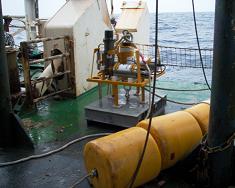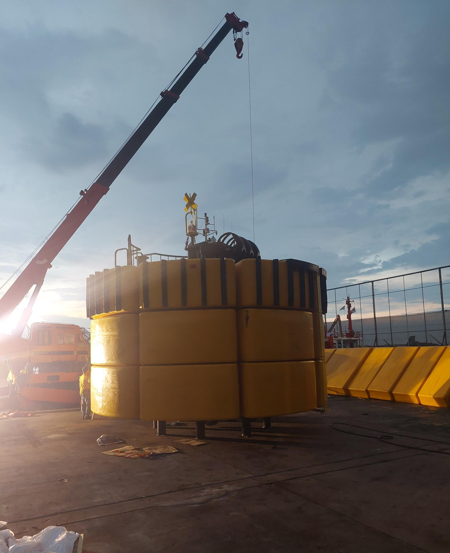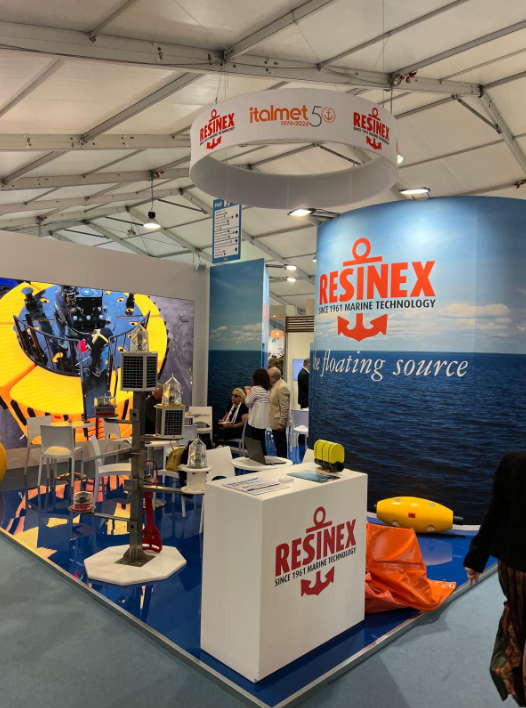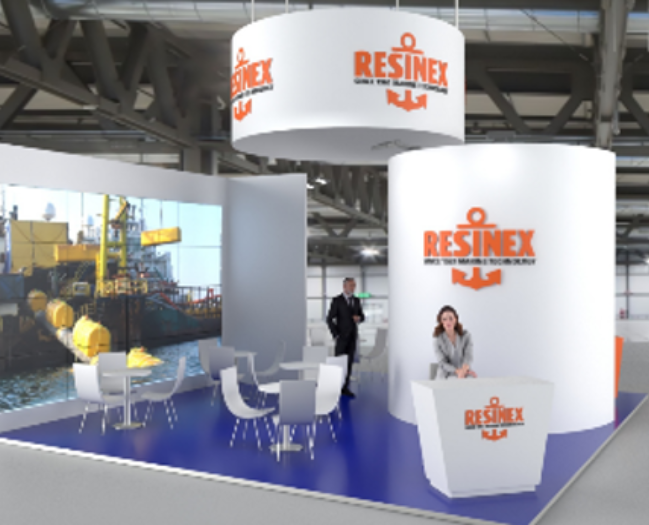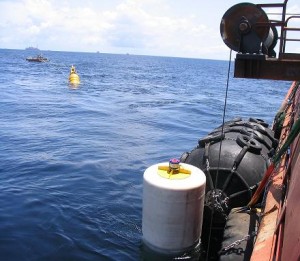 This is the new worldwide level of research and prevention: the scrutiny of the ocean floors in order to keep the marine currents and mega flows of water under constant surveillance and to ensure that telluric subterranean movements do not provoke unexpected and surprise environmental disasters.
This is the new worldwide level of research and prevention: the scrutiny of the ocean floors in order to keep the marine currents and mega flows of water under constant surveillance and to ensure that telluric subterranean movements do not provoke unexpected and surprise environmental disasters.
The surveillance and study of the sea bed naturally passes through the technology developed by Resinex in almost 50 years of involvement in the field of floatation technology. As a matter of fact, it is the Resinex brand which is on the floating modules of many of the most advanced installations spread around the world in this sector.
In the Mediterranean, it is suffice to remember the Alenia system for the monitoring of the bradyseism of Pozzuoli in the Gulf of Naples, consisting of an elastic beacon supporting sensors able to measure movements of the sea-bed.
Likewise, the elastic beacon supplied by Resinex for a depth of 65 metres and used by the department of Science of the Earth (University of Florence) of the offshore monitoring of the Stromboli Vulcano on the Island of Lipari (Sicily).
Further a field, in the Gulf of Bengal, Resinex Deep Water Floats are being used by Envirtech in the Poseidon class apparatus finalized by the Indian Oceanographic research institute (Niot). It is a system for the early warning of the Tsunami phenomenon and is positioned at a depth of over 3000 metres from the oceanographic ship, the Sagar Kanya. These stations of the abyss are used for the identification and measuring of the Tsunami in the new Indian Ocean alarm system.
Even huge installations such as the FPSO systems (Floating Production, Storage and Offloading) for deep water oil drilling keep the waves under constant surveillance. Id Scope of the Principate of Monaco is a specialist in marine meteorology and for its monitoring system supplied to the Total offshore fields in Angola and Nigeria requested the safeguard of Resinex floats.